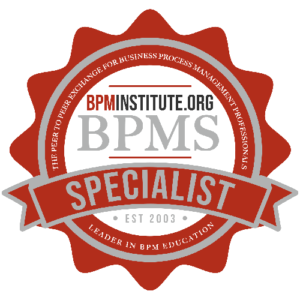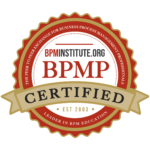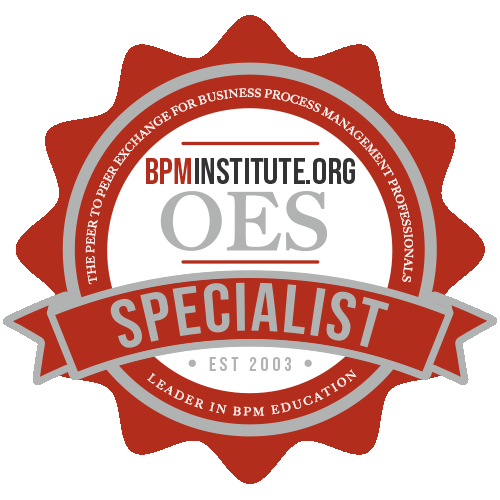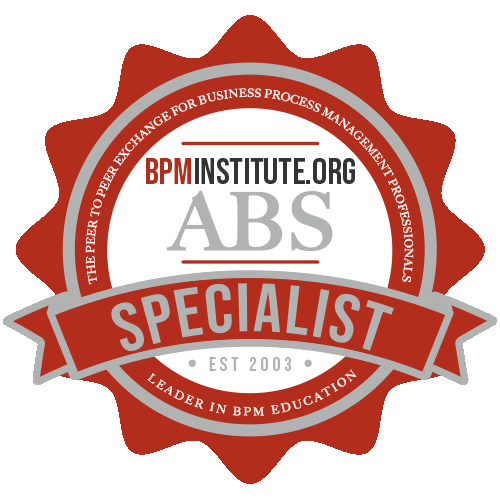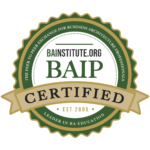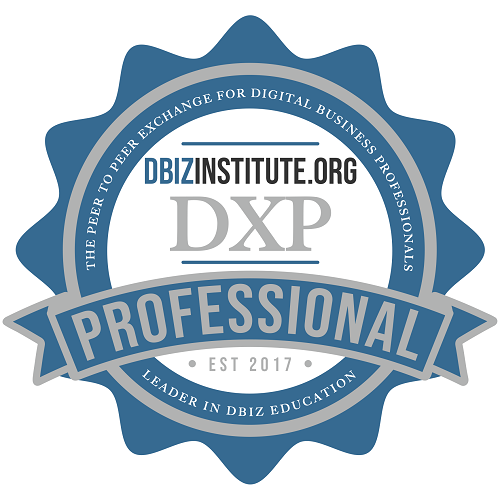In high-performing organizations, success isn’t just about people or technology—it’s about how work flows to create value for stakeholders. Whether you’re hiring new talent, delivering a service, or launching a product, processes define how things get done. And in many organizations, those processes are outdated, siloed, or invisible.
Business Process Management (BPM) provides a way out of that chaos.
The BPM Institute defines BPM as “the definition, improvement, and management of a firm’s end-to-end enterprise business processes in order to achieve three outcomes crucial to a performance-based, customer-driven firm: (1) clarity on strategic direction, (2) alignment of the firm’s resources, and (3) increased discipline in daily operations.”
This isn’t about efficiency alone. It’s also about enabling an organization to function with effectiveness and agility. BPM is a foundational capability for navigating disruption, managing change, and making strategy executable. Whether you’re exploring BPM for the first time or seeking to lead transformation, this series will unpack what it means to become a process-managed enterprise—and why it matters now more than ever.
A Strategic Definition of BPM
While some see BPM as a set of tools or techniques, its real power lies in its strategic intent. BPM is the ongoing practice of managing and improving how work is done across departments, functions, and systems to support enterprise-wide goals.
Unlike traditional management approaches that focus on departmental performance, BPM centers on cross-functional value creation—how work flows across boundaries to deliver results for customers, stakeholders, and society. It asks: How does the organization create value? Where is that value slowed, distorted, or lost? And how can we realign the work with the outcomes we care about?
A mature BPM capability includes:
- Defined core business processes that include performance objectives (quality, time, and cost)
- Empowered process teams
- A structured method for continuous change
- Governance mechanisms that cultivate process leadership and establish alignment required for successful strategy execution
This is not a tactical fix. It’s a long-term shift in how the organization thinks, structures itself, and learns.
Why BPM Matters More Than Ever
Today’s business environment is dynamic, complex, and digital. To succeed, organizations must evolve continually—but without losing strategic direction or operational discipline. BPM provides the connective tissue that holds strategic direction and operational execution together.
Done well, BPM enables:
- Tighter alignment of strategy, people, and systems
- Better ability to change
- Greater cross-functional collaboration
- Sharper focus on customer-impacting activities
When organizations fail to manage processes deliberately, they may lose sight of the customer. Work becomes reactive. Teams operate in silos. Decisions are delayed or misinformed. Bureaucracy can set in. BPM counters this by enabling people to own the work they do, provide the means to make positive change happen and bring transparency to decision-making and performance
Organizations often expect that technology will deliver value on its own. But without process clarity, structure, and governance, most digital tools will underperform or create new chaos.
“I believe that new digital technologies can lead to a revitalization of process thinking. Either as the tool for monitoring your process, or as an enabler of a lot of different and better processes. I’ve started to see that a lot of organizations are saying they need to embrace some technology capabilities, maybe process mining or robotic process automation, because instead of improving processes, they think they can automate them or help the organization automate them. It’s a good idea. But the key is this: you still need that disciplined process thinking if you’re going to get value out of any technology” — Interview with Tom Davenport, July 12th, 2024
BPM ensures that automation, AI, and analytics are embedded within meaningful, measurable workflows—not layered on top of dysfunction.
From Process Thinking to Process Culture
Adopting BPM is not a one-time initiative—it’s a cultural shift. The goal is to become a process-managed enterprise: an organization that is structured, measured, and led through the lens of its key value-creating processes.
According to research from Babson College and the BPM Institute, this transformation depends on six critical success factors:
- Strategic Alignment – Connecting processes directly to business priorities.
- Culture & Leadership – Embedding values that support reflection, ownership, and continuous improvement.
- People – Equipping individuals with the mindset and skills to manage and improve process performance.
- Governance – Defining who makes what decisions, how, and with what oversight.
- Methods – Applying consistent, fit-for-purpose approaches to analyze and improve processes.
Technology – Leveraging tools that enable visibility, measurement, automation, and collaboration
As these elements mature, BPM becomes more than a management technique—it becomes a strategic enabler of performance and innovation.
What Beginners Need to Know
If you’re new to BPM, don’t be intimidated by the scope. You don’t need to start with enterprise transformation. You start by learning to see work as a process—not just a series of tasks, but a flow of activities that produce value. This applies whether you’re a process analyst, a team lead, or someone who simply wants to make work better.
For analysts and team members:
- Start by mapping a small but recurring activity (e.g., handling a customer issue)
- Identify delays, handoffs, or inconsistencies
- Ask: What would “better” look like? Who would benefit?
- Measure before and after changes—time, error rate, satisfaction, clarity
These experiments can demonstrate the practical value of BPM and help create internal momentum. They also foster cross-functional collaboration and raise awareness of the hidden complexity in “normal” work.
For leaders and managers:
Small process wins can be used to showcase that there’s a better way. Reward experimentation. Promote visibility of improvements. And support employees who see beyond tasks to the bigger picture of value flow and alignment. Over time, this perspective scales—from individual awareness to team conversations to enterprise-wide practices.
By embedding process thinking into everyday actions, you lay the groundwork for deeper change.
Process governance ensures not only clarity in who makes which decisions, but also fosters organizational trust. It brings transparency and shared accountability into how processes are managed and how changes are enacted. When governance is aligned with strategic priorities, BPM becomes a force for empowerment, not control.
BPM as an Ongoing Capability
The old view of BPM as a one-time project is outdated. In a world of continuous disruption, BPM must become a permanent management discipline—an ongoing capability to execute strategy, improve performance, and adapt at speed.
A process-managed enterprise can:
- Express purpose more clearly
- Make faster, data-driven decisions
- Break down silos and align teams across the value chain
- Navigate technological change with confidence
- Enable people to focus on meaningful, value-creating work
BPM is the foundation—not the obstacle—of digital, agile, and human-centered organizations.
BPM is not just about process improvement-it’s about performance, alignment, and leadership.
It enables organizations to navigate complexity, serve customers better, and evolve with confidence. Whether you’re just beginning or taking the next step, embracing BPM as a strategic discipline sets the foundation for sustainable, intelligent growth.
References:
Dwyer, T, “Strategic Adoption of BPM as a Management Discipline”. BPMINSTITUTE.ORG, https://www.bpminstitute.org/resources/articles/strategic-adoption-bpm-management-discipline-0/
Grisold, T., Janiesch, C., Röglinger, M. et al. “BPM is Dead, Long Live BPM!” – An Interview with Tom Davenport. Bus Inf Syst Eng 66, 639–642 (2024). https://doi.org/10.1007/s12599-024-00880-9




